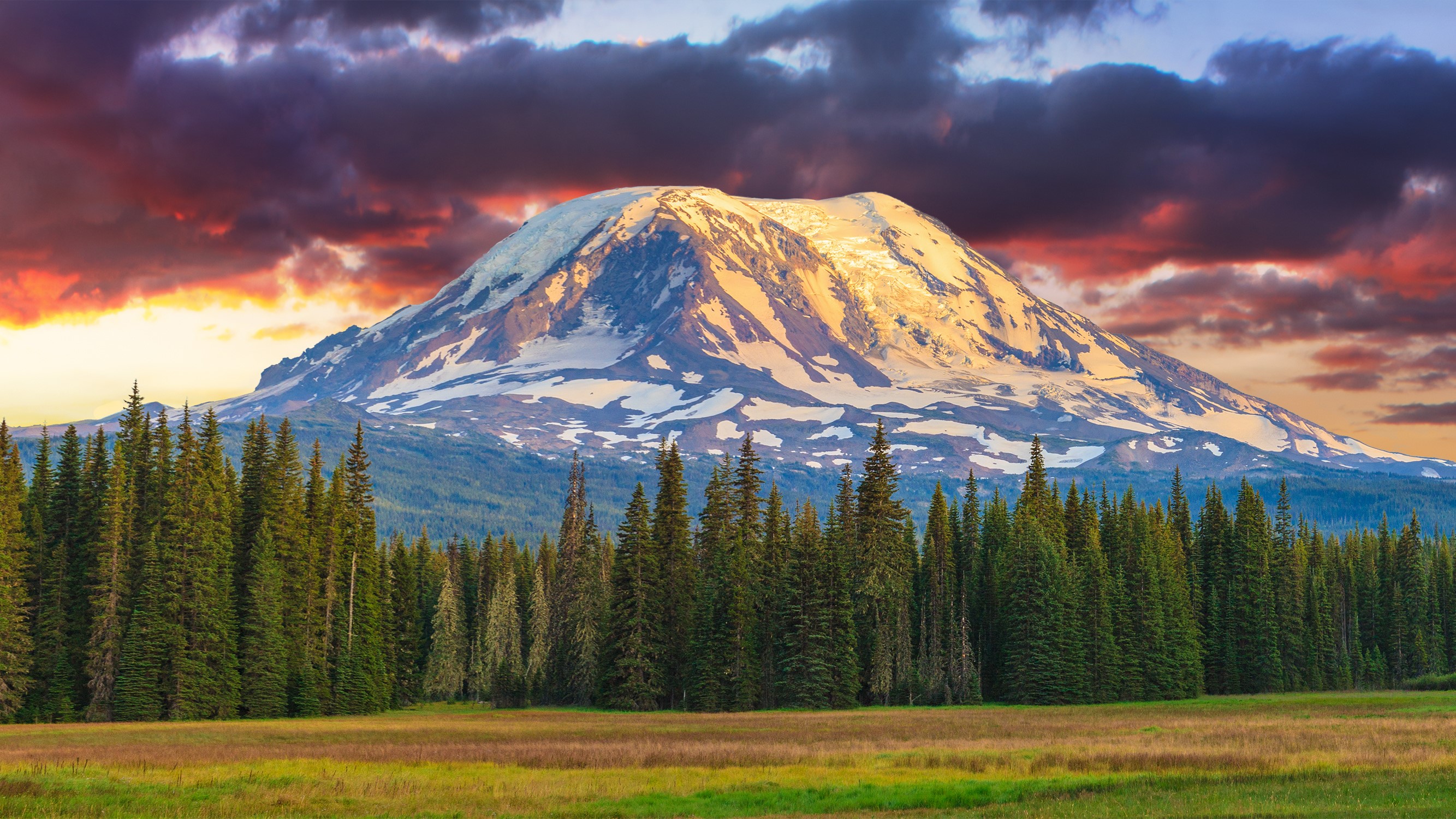USGS: Mysterious Earthquake Surge at Mount Adams Under Investigation

Beneath Mount Adams, an unusual surge in seismic activity is raising alarms among scientists, particularly those at the United States Geological Survey (USGS). This Pacific Northwest volcano has seen an uptick in earthquake occurrences, sparking questions about whether these events are simply part of natural geological activity or a potential sign of something more serious. Scientists are now investigating whether magma is on the move or if some other hidden geological force is at play deep beneath the mountain.
Mount Adams, standing at 12,277 feet (3,742 meters) and spanning 18 miles (29 kilometers), is the largest active volcano in Washington. Although the mountain is known for its serene appearance and often tranquil snow-capped peaks, it has the potential for massive geological events.
Despite a long period of dormancy with no major eruptions in modern history, recent seismic activity has prompted geologists to question whether the volcano is waking up. The USGS is using advanced tools like seismographs, GPS instruments, and satellite data to monitor ground vibrations, subtle shifts in the Earth’s surface, and any changes in the mountain’s structure.
The primary focus is to determine whether this activity is a sign of impending volcanic unrest. The recent increase in earthquakes, some with notable magnitudes, is of particular concern. Earthquakes in volcanic areas can often indicate underlying changes like magma movement, tectonic stress, or other subterranean disturbances.
While tectonic stress from the Cascadia subduction zone could be contributing to the activity, another more concerning possibility is that magma could be migrating toward the surface, a common precursor to volcanic eruptions. Hydrothermal activity, involving interactions between water, gases, and rock, is also being considered as a potential factor in the surge of seismic events.

Scientists are watching for key indicators such as ground deformation, increased volcanic gas emissions (like sulfur dioxide or carbon dioxide), and changes in seismic patterns to provide clues about what’s happening beneath Mount Adams. If magma is moving, it could lead to more frequent earthquakes or other signs of volcanic activity, although this doesn’t necessarily mean an eruption is imminent.
Mount Adams, with its history of effusive eruptions, has shaped the surrounding region through lava flows, pyroclastic events, and lahars (volcanic mudflows). While its eruptions tend to be less explosive than those of Mount St. Helens, they can still present significant hazards, including the destruction of infrastructure, agriculture, and habitats. The mountain’s glaciers make it particularly vulnerable to lahars, which can travel rapidly down valleys and threaten downstream communities.
If an eruption were to occur today, the most immediate threats would be lava flows, lahars, and ashfall. The potential for massive lava flows and lahars could cause widespread devastation, particularly to smaller communities and wilderness areas. However, because Mount Adams is located in a more remote area, the direct human impact would likely be less severe than other volcanoes like Mount Rainier, which poses a higher risk due to its proximity to heavily populated areas.
The USGS is closely monitoring Mount Adams, but as of now, there are no definitive conclusions. Additional seismic monitoring stations are planned to gather more data. The situation remains fluid, and scientists are carefully observing whether these events are part of a natural geological cycle or a signal of something more significant.








